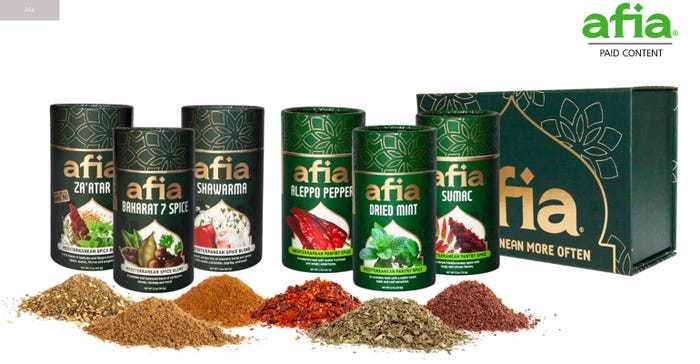What do CPG brands need to know about the future of private label?
Compared to national brands, private label across a vast array of product categories has seen accelerated year-over-year growth in the U.S. market.
October 31, 2019

As retail continues its fast-paced evolution in both the products people buy and how they buy them, Coresight Research has some data on one of those changes that could be valuable for CPG brands to understand—the growth and trajectory of private label. In a report published earlier this month, Coresight explores how private label is causing disruption in CPG, and what brands might do to protect themselves moving forward.
Here are the top takeaways from the report:
U.S. private label CPG sales jumped from 2.2% in 2015 to 5.8% in 2018, according to IRI. Private label sales grew in value four times faster year over year than national brands.
The growth is driven in part by the increase in major retailers rolling out private labels in CPG categories, including Target, Kroger and Natural Grocers. Retailers have an advantage because they have access to shopper data that helps them better understand what consumers want.
Some CPG brands are fighting back by adding direct-to-consumer channels—and e-commerce is full of opportunity. The share of online spending from CPG private label more than doubled in two years, from 1.3% to 3% over the 52 weeks ending in March 2019. The report said: “E-commerce players that continue to expand their CPG footprint at pace are creating a platform ripe for further private label growth.”
The report also emphasized the importance of innovation and differentiation; that’s where CPG can and should strive to stand out. “Globally established CPG giants need to innovate products and differentiate themselves to avoid competing with private labels on price and to drive brand loyalty,” it said.
Reinforcing the need for differentiation, trust does not seem to be a constraint for private label. Over half of U.S. shoppers, Daymon research showed, visit a particular retailer specifically to buy its own brands—and 85% trust private brands as much as national brands.
Greater innovation will require a shift in spending priorities, at least for the large CPG companies which currently spend far more on marketing than R&D. Unilever, for example, spent 9.3% of total selling and administrative expenses on R&D in 2018, but 74% on marketing and advertising.
About the Author
You May Also Like




